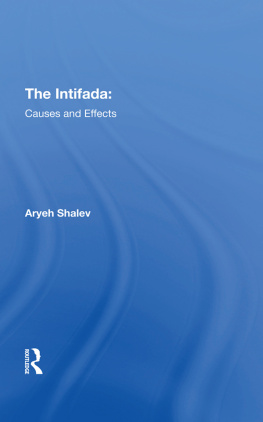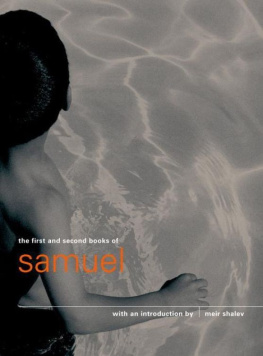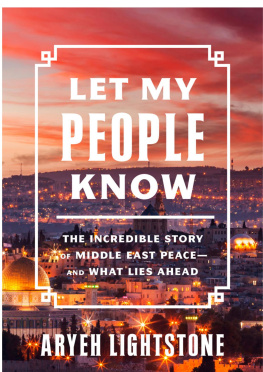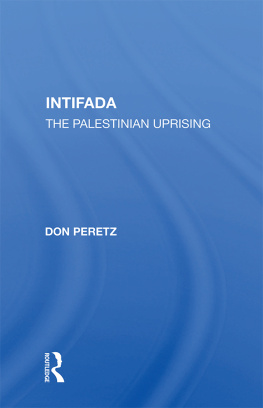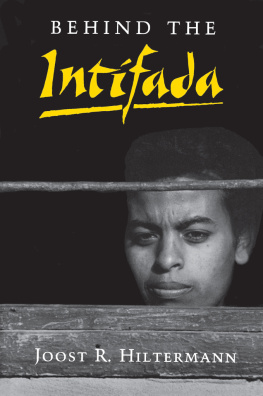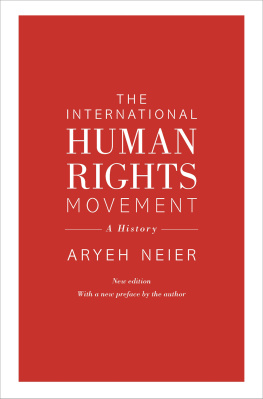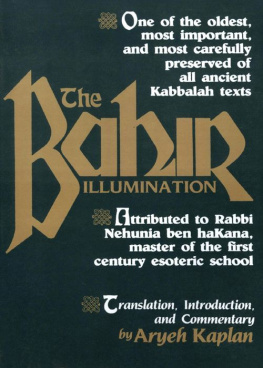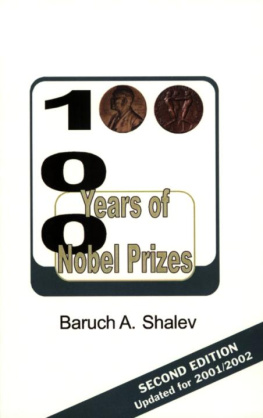Aryeh Shalev - The Intifada: Causes and Effects
Here you can read online Aryeh Shalev - The Intifada: Causes and Effects full text of the book (entire story) in english for free. Download pdf and epub, get meaning, cover and reviews about this ebook. year: 2019, publisher: Routledge, genre: Politics. Description of the work, (preface) as well as reviews are available. Best literature library LitArk.com created for fans of good reading and offers a wide selection of genres:
Romance novel
Science fiction
Adventure
Detective
Science
History
Home and family
Prose
Art
Politics
Computer
Non-fiction
Religion
Business
Children
Humor
Choose a favorite category and find really read worthwhile books. Enjoy immersion in the world of imagination, feel the emotions of the characters or learn something new for yourself, make an fascinating discovery.
- Book:The Intifada: Causes and Effects
- Author:
- Publisher:Routledge
- Genre:
- Year:2019
- Rating:5 / 5
- Favourites:Add to favourites
- Your mark:
- 100
- 1
- 2
- 3
- 4
- 5
The Intifada: Causes and Effects: summary, description and annotation
We offer to read an annotation, description, summary or preface (depends on what the author of the book "The Intifada: Causes and Effects" wrote himself). If you haven't found the necessary information about the book — write in the comments, we will try to find it.
The Intifada: Causes and Effects — read online for free the complete book (whole text) full work
Below is the text of the book, divided by pages. System saving the place of the last page read, allows you to conveniently read the book "The Intifada: Causes and Effects" online for free, without having to search again every time where you left off. Put a bookmark, and you can go to the page where you finished reading at any time.
Font size:
Interval:
Bookmark:
Disturbances in Judea-Samaria and Gaza, 19671987
Violent incidents in Judea-Samaria and Gaza during the intifada
Israeli casualties in Judea-Samaria and Gaza during the intifada
Palestinian casualties in Judea-Samaria and Gaza during the intifada
Leaflet no. 9 issued by the UNL of the Popular Uprising
Leaflet no. 28 The Call of Independence
Number of incidents in Jerusalem Area monthly from December 1987 to March 1989
Number of incidents of arson in Judea-Samaria and Gaza
Number of houses demolished or sealed in Judea-Samaria and Gaza from December 1987 to May 1989
Petrol bombs thrown in Judea-Samaria and Gaza from December 1987 to June 21, 1989
Palestinians exiled from Judea-Samaria and Gaza, from December 1987 to June 21, 1989
The Mubarak Plan
The Shultz Initiative
The PNC Declaration of Independence of Palestine
PNC Political Statement Calls for Settlement of Arab-Israel Conflict, International Conference
Excerpts from Remarks made by Salah Khalaf at a Closed Meeting of the Palestinian National Council
Arafats Statement at Press Conference in Geneva
Shultz Says US Prepared for Dialogue with PLO
The Israeli Government Peace Initiative
Numbers of Palestinians in the Territories under detention during the first year and a half of the intifada
Comparative data regarding numbers of terrorist acts and petrol bomb incidents in Jerusalem in 1986, 1987,and 1988
Effect of house demolitions on scope of violent incidents during following month
Effect of deportations on scope of violent incidents during following month
Incidents in Judea-Samaria when schools were open/closed
Violent incidents and casualties in Judea-Samaria and Gaza: 1988-1990
- iii
Font size:
Interval:
Bookmark:
Similar books «The Intifada: Causes and Effects»
Look at similar books to The Intifada: Causes and Effects. We have selected literature similar in name and meaning in the hope of providing readers with more options to find new, interesting, not yet read works.
Discussion, reviews of the book The Intifada: Causes and Effects and just readers' own opinions. Leave your comments, write what you think about the work, its meaning or the main characters. Specify what exactly you liked and what you didn't like, and why you think so.

